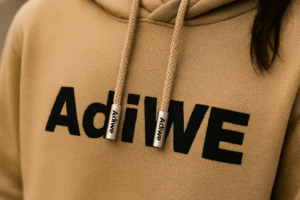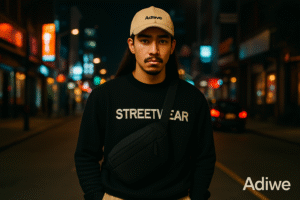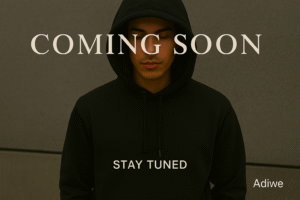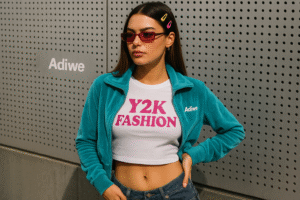Struggling with fresh design ideas? AI offers new creative paths. Unlock innovative streetwear concepts faster and stay ahead of trends.
AI tools can revolutionize streetwear design by rapidly generating unique concepts, visualizing prototypes, personalizing styles, and even predicting upcoming trends, making your design process more efficient and innovative.
The world of design is changing fast. AI is a big part of that change. As a factory, Adiwe, we see how "personalized design" is key for our B2B clients like "Fifty Fifty." They always want "top quality" and unique "craftsmanship" for their hoodies and t-shirts. They often face challenges because "many manufacturers are unable to fully reproduce their designs," especially when "clothing styles are relatively complex." AI might offer solutions here. I have seen firsthand how integrating new technologies can smooth out the creative process for the "clothing brand" and "trend brand" clients we serve in "North America," "England," and "French." Let's explore how AI tools can specifically help you create "very trendy" custom streetwear.
Can AI Generate Unique Design Concepts Faster Than Humans?
Creative block slowing you down? AI generates endless design variations. Explore unique streetwear concepts instantly and break through design hurdles.
Yes, AI can rapidly generate a vast array of unique design concepts by analyzing patterns, styles, and data, offering designers a powerful tool for brainstorming and inspiration.
!
Dive deeper Paragraph:
AI tools, especially generative models, are amazing for brainstorming. Imagine feeding an AI information about current trends, your brand's aesthetic, and even specific "customizable fabrics" you plan to use for your "tshirts" or "hoodie" line. The AI can then produce numerous visual concepts in moments. This is not about replacing designers; it is about giving them a super-powered assistant. For a brand like "Fifty Fifty," who "focuses on design and quality," this means they can explore more avenues for their next hoodie line quickly. At Adiwe, we work with "complex designs," and if a client comes with AI-assisted concepts, it can streamline the initial stages of discussion before we move to our "5 production lines." The AI can help visualize how different "logos" or "accessories" might look on various garments. This speed means "clothing brands" can react faster to market changes. I remember a "KOL" client who used AI to generate initial mood boards, which helped us pinpoint their desired "craftsmanship" style much faster.
AI Concept Generation: Pros & Cons
| Pros | Cons |
|---|---|
| Speed & Volume: Generates many ideas fast. | Originality: May rehash existing styles. |
| New Perspectives: Offers unexpected combinations. | Nuance: Lacks human understanding of culture. |
| Overcomes Blocks: Helps when stuck for ideas. | Quality Control: Requires human curation. |
| Explores Variations: Quickly shows different takes. | Dependence: Can limit organic creativity if overused. |
How Does AI Assist in Visualizing and Prototyping Streetwear Designs?
Prototyping is slow and costly. AI creates realistic mockups fast. Visualize your streetwear designs instantly, saving time and resources before production.
AI assists by creating realistic 2D and 3D mockups of streetwear designs on virtual models or flat lays, allowing for quick iterations and reducing the need for physical samples.
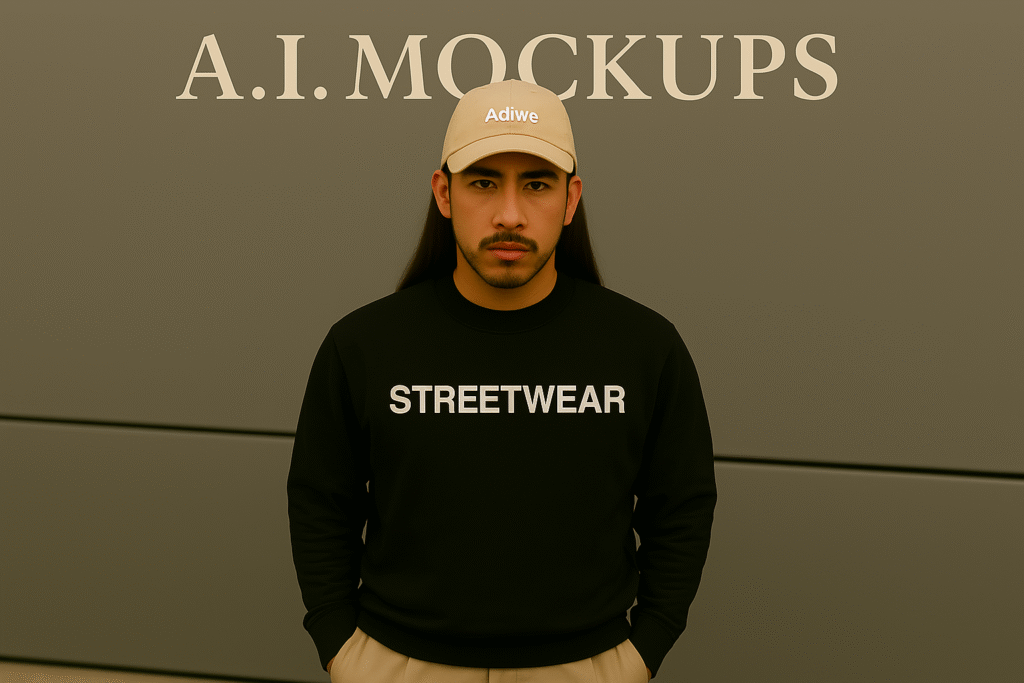
Dive deeper Paragraph:
Visualizing a design accurately before making a physical sample is a huge cost and time saver. AI tools can take a 2D sketch or a design idea and render it as a photorealistic mockup. This is incredibly useful for our B2B clients. For instance, "Fifty Fifty" could see how their "complex" hoodie design with specific "craftsmanship" details looks on different body types or in various colorways without us needing to produce multiple initial samples. This speeds up the "quality control" feedback loop. We, as a factory with "5 production lines," can then focus on perfecting the chosen design. AI can also help simulate how different "customizable fabrics" might drape or how "logos" will appear on the final "t-shirt" or "hoodie." This reduces the risk of misinterpretations, ensuring the final product from our "China" factory aligns perfectly with the client's vision. This is a common "sourcing key point" for buyers who want to avoid surprises, especially for exports to "North America" and "England." It helps bridge the gap when discussing "personalized design" details remotely.
Can AI Personalize Streetwear Designs for Individual Tastes?
Generic designs don't resonate. AI can tailor styles. Offer truly unique, personalized streetwear that connects deeply with individual customer preferences.
Yes, AI can analyze individual customer data – like past purchases or style preferences – to suggest or even generate personalized streetwear designs, enhancing customer engagement.
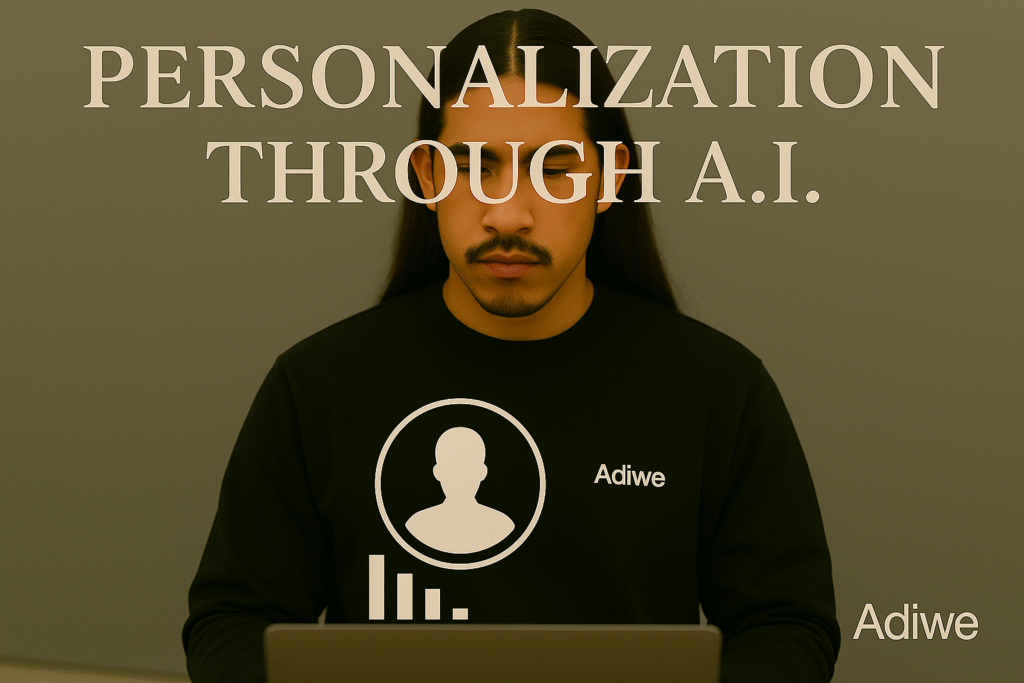
Dive deeper Paragraph:
Personalization is a big trend. AI can take this to a new level for "clothing brands." Imagine a customer visiting a website and an AI tool helps them co-create a unique "t-shirt" or "hoodie." The AI could suggest "personalized design" elements, "customizable fabrics," or "logo" placements based on their preferences or even their social media style. While Adiwe is a "B2B, Wholesale only" business, our clients (the "trend brands" and "KOLs") can use these tools to offer hyper-personalized products to their end consumers. This is a powerful way to create "very trendy" items that people feel a strong connection to. For a brand owner like "Fifty Fifty," who "used to take the lead in the conversation" and understands their customer base well, offering this level of customization could be a significant competitive advantage. It helps them "make their own brand of products and sell them to young people who like their brand." It moves beyond standard options to truly bespoke pieces, leveraging "top quality" materials and "craftsmanship" that we provide from our factory.
How Might AI Help Predict Streetwear Trends for Your Next Collection?
Trend forecasting is uncertain. AI analyzes vast data for insights. Stay ahead by using AI to predict emerging streetwear styles and consumer demands.
AI can analyze social media, fashion blogs, and sales data to identify emerging patterns and predict future streetwear trends, helping brands design relevant and timely collections.
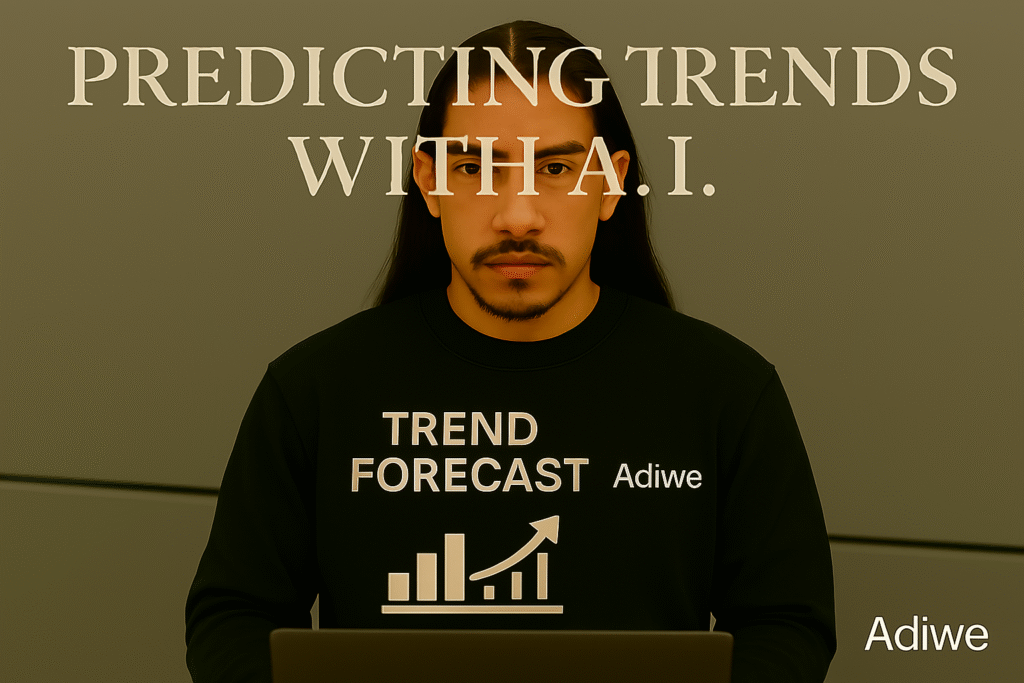
Dive deeper Paragraph:
Knowing what's next is crucial in fashion. AI can sift through massive amounts of data – social media posts, runway shows, influencer content, even e-commerce sales data – much faster than any human team. This allows it to spot nascent trends in colors, silhouettes, graphics, and "accessories" before they hit the mainstream. For our clients like "Fifty Fifty," who "focus on design" and want to be "very trendy," this predictive capability is invaluable. It helps them make informed decisions about their next collection of hoodies or t-shirts. As their manufacturing partner in "China," we at Adiwe can then prepare for potential demands in specific "customizable fabrics" or "craftsmanship" techniques. This means brands can be proactive, not reactive, ensuring their products are what the market wants. This is especially important for brands exporting to fast-paced markets like "North America" and "French." It's a modern way to inform the "buying preference" for "design and quality" while still seeking "competitive prices" by avoiding dead stock.
AI Trend Spotting: Key Data Sources
| Data Source | How AI Uses It | Benefit for Design |
|---|---|---|
| Social Media | Analyzes images, hashtags, comments for visual cues. | Identifies grassroots trends, aesthetics. |
| Fashion Blogs | Extracts keywords, style descriptions. | Captures expert opinions, emerging styles. |
| E-commerce Data | Tracks popular items, search queries, conversion rates. | Shows actual consumer demand, preferences. |
| Runway Shows | Identifies recurring themes, colors, silhouettes. | Indicates high-fashion influence. |
| Street Style Photos | Analyzes outfits in real-world settings. | Reveals authentic, adopted trends. |
What are the Limitations of Using AI in Creative Streetwear Design?
AI seems like magic. But it has limits. Understand AI's boundaries in creative work to use it effectively without losing human touch.
AI lacks true human creativity, cultural understanding, and the ability to innovate beyond its training data. It's a tool that assists, not replaces, the designer's vision and intuition.
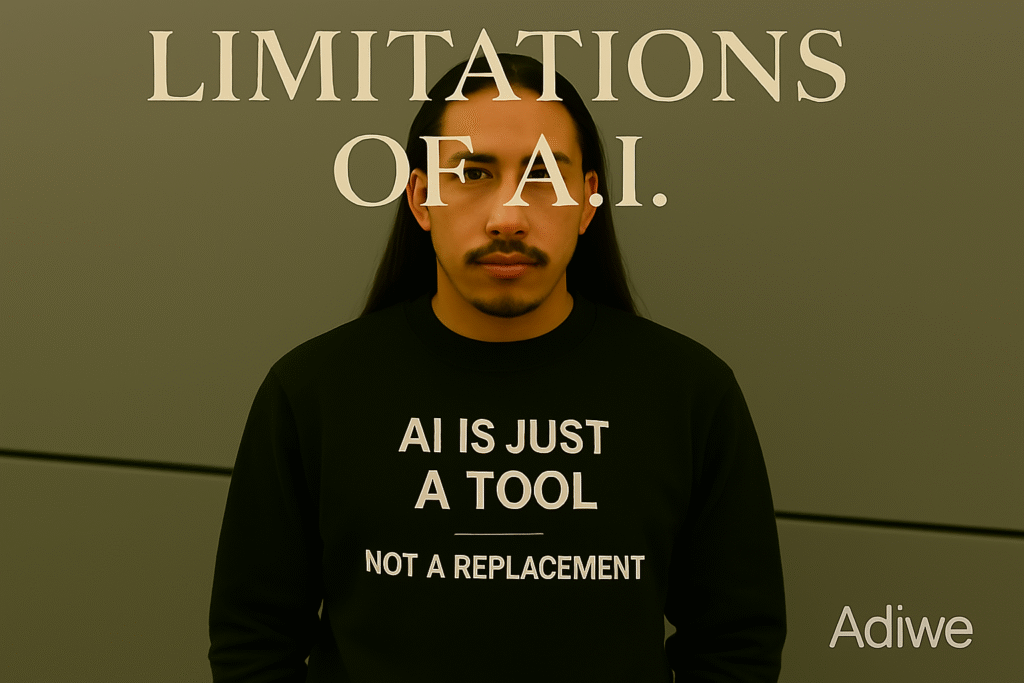
Dive deeper Paragraph:
While AI is powerful, it is important to understand its limits, especially in a creative field like streetwear. AI learns from existing data. This means it can be great at remixing or identifying patterns, but it does not have genuine human experience, cultural intuition, or the spark of true originality that comes from lived experiences. "Fifty Fifty" often has "clothing styles are relatively complex and require a lot of craftsmanship to achieve," born from a specific vision. An AI might struggle to conceptualize something truly groundbreaking without human direction, a common "pain point" for brands whose "designs cannot be fully reproduced." The "personalized design" aspect benefits from AI, but the core creative concept often needs a human touch. At Adiwe, we value the "top quality" that comes from skilled human "craftsmanship" combined with innovative ideas. AI cannot understand the nuances of subcultures or the emotional connection a "trend brand" wants to make with its audience. It is a fantastic tool to enhance the process, but the designer's eye and vision remain central.
Conclusion
AI offers incredible tools for streetwear design, from concepts to trends. Embrace AI to enhance creativity, efficiency, and personalization in your next impactful collection.

